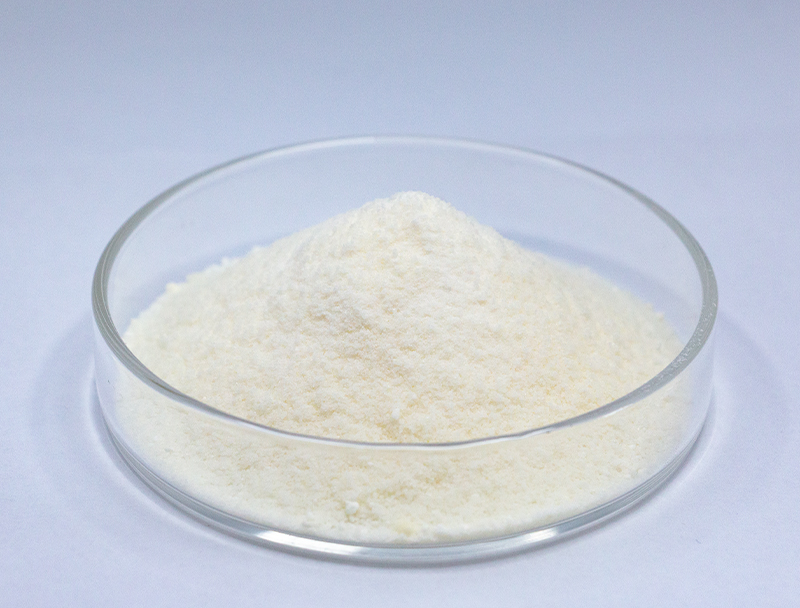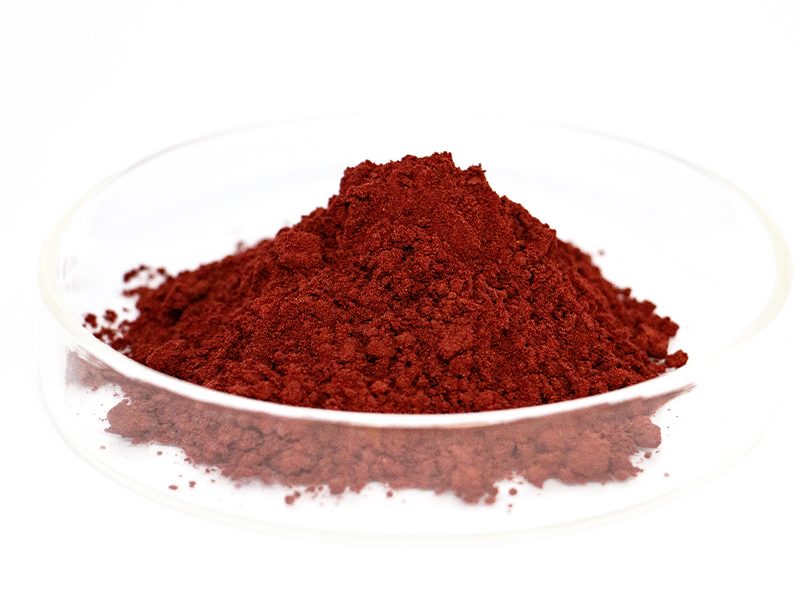
Cell-based production leans heavily upon a diverse spectrum of feedstocks to yield progressive bio-based commodities.
Guaranteeing sustainably sourced materials underpins enduring viability and ethical market growth.
numerous problems stemming from established sourcing methods for instance pollution and systematic depletion of reserves. Therefore, producers should prioritize ethical sourcing models to curtail ecological damage.
- Representations of ethical supply approaches are:
- Applying circular feedstocks from post-harvest streams
- Operating reuse-focused platforms to lower discard and increase efficiency
- Partnering with local suppliers committed to ethical sourcing practices
Transitioning to green supply models secures ecological benefits and economic upside.
Upgrading Feedstock Traits for Better Biofuel Performance
Increasing biofuel conversion efficiency is tied to feedstock composition and condition. Engineers continually develop approaches to improve biomass suitability, creating higher productivity and an eco-friendlier fuel landscape. Initiatives integrate bioengineering to scale biomass production and pretreatment workflows to free fermentable sugars.
- Also, studies emphasize discovering resources such as seaweed, organic waste, and residual straw to diversify sustainable feedstock supplies for fuels.
- Through these continuous efforts, the field of biofuel production is poised to make significant progress in the coming years, paving the way for a more renewable energy landscape.

Biopharmaceutical Manufacturing: Advancements in Upstream Processing
comprises front-end procedures like culture expansion and cell retrieval Recent advances in this domain have led to improved production processes, ultimately increasing product yield.
Pivotal enhancements embrace high-performance cell lines, balanced media compositions, and intelligent reactor control systems. Such breakthroughs boost efficiency and simultaneously reduce manufacturing costs and carbon burdens.
- In addition, momentum toward nonstop processing offers improved flexibility and optimized operational flow.
- Transitioning to refined production methods has the potential to overhaul the industry and expedite new treatments.
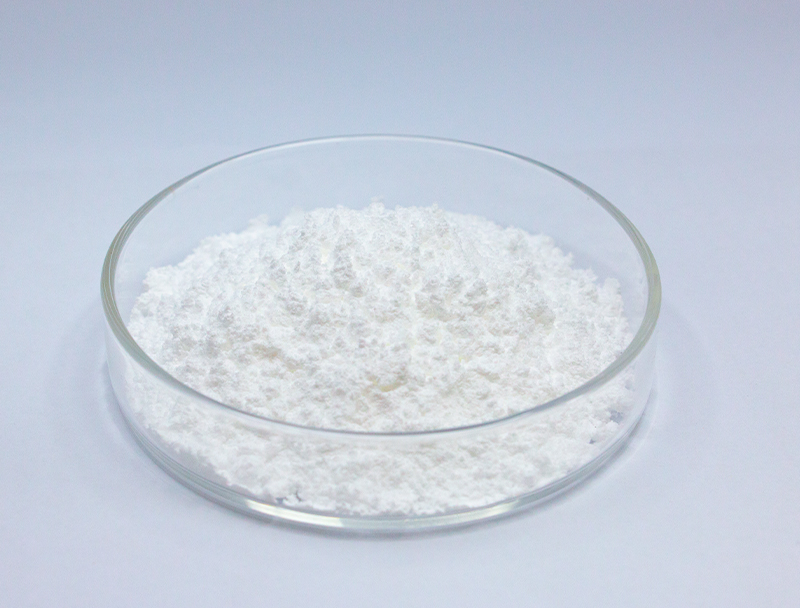
Gene Editing Breakthroughs That Elevate Biopharma Output
improvements in molecular editing platforms like CRISPR have updated therapeutic production processes. Via deliberate gene edits, teams amplify protein expression for higher yields. These methods could enable production of accessible and efficient medicines tackling diverse health challenges.
Microbial Solutions for Greener Bioremediation Practices
state-of-the-art biological cleanup solutions using targeted microbial actions. Selected microbial cultures can remediate contaminants through biodegradation pathways.. Tapping into these capabilities enables green remediation tactics to restore ecosystems affected by industrial contamination.. Study groups probe microbial metabolic diversity to tackle metals, persistent pesticides, and hydrocarbon spills.. Microbial cultures can function in contained bioreactors or be deployed onsite to facilitate biodegradative remediation..
Microbe-based remediation provides compelling advantages over standard remediation methods. This route is often more affordable and reduces the formation of toxic residues. Moreover, microbes can be tailored to address specific pollutants with minimal impact on non-target organisms. Research efforts persist to upgrade the potency and implementation of microbial remediation strategies.
Computational Biology in Drug Discovery
Informatics platforms are essential to current drug discovery and development pipelines. By integrating diverse datasets, bioinformatics enhances candidate identification and therapeutic optimization.
- By parsing huge omics and clinical databases, bioinformaticians detect targets and estimate therapeutic responses.
- In addition, predictive simulations inform medicinal chemistry efforts to craft more efficacious drugs.
- In summary, bioinformatics overhauls pharmaceutical R&D and quickens the path to safe therapeutics for patients.
Optimizing Metabolism to Increase Bioproduct Production
employs a variety of strategies to augment the synthesis of valuable bioproducts within microorganisms. Tactics can encompass genetic engineering to reconfigure metabolism, promoter modulation to adjust expression, and pathway insertion to enable new reactions.. By fine-tuning these processes, engineers can significantly increase the yield of desired bioproducts.
This broad strategy is positioned to innovate sectors including pharmaceuticals, crop science, and bioenergy.

Barriers and Benefits When Expanding Biopharmaceutical Manufacturing
Expanding production volumes poses difficult barriers yet offers substantial opportunities. Retaining quality standards during scale enlargement is a core difficulty. Meeting the need calls for dependable control systems, granular monitoring, and cutting-edge analytical methods.
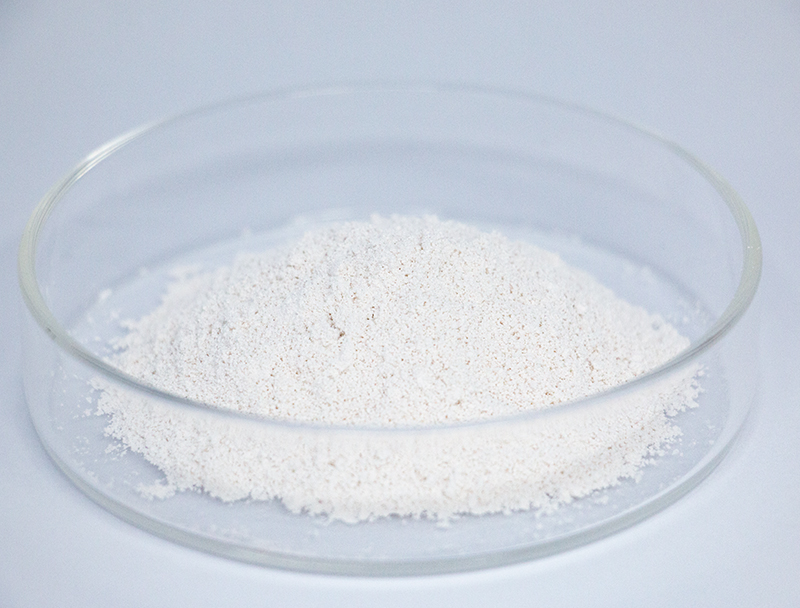
The multi-faceted nature of production steps adds complexity to scaling efforts. Optimizing these processes for large-scale production can be a complex undertaking, requiring extensive research and technological innovation.. Even so, the payoff can be large. Successful industrialization can broaden availability, trim costs, and raise profitability.
Numerous initiatives aim to tackle these scaling challenges. They encompass new process-improvement tools, in-line analytics for continuous oversight, and creative manufacturing approaches.
- Developmental projects contribute critically to scaling manufacturing competency.
- Regulatory agencies are working to streamline approval processes for new manufacturing technologies, facilitating innovation in the field.
Aligning Biomanufacturing with Regulatory Standards for Patient Safety
The development of biopharmaceuticals is a complex process that requires stringent regulatory oversight to ensure both patient safety and product efficacy. Products of biological origin introduce specific challenges that differ from standard drug development.
Institutions such as the U.S. FDA and European EMA lead in formulating regulations and benchmarks for biologic approvals..
Rigorous testing protocols are mandatory throughout the development lifecycle, from pre-clinical research to post-market surveillance.. The protocols serve to uncover safety concerns and certify that products fulfill Sialic Acid rigorous protection standards..
Similarly, regulators iteratively adjust approaches to accommodate emerging biopharmaceutical breakthroughs.. Policies involve deploying novel tech and expediting development while preserving commitment to patient safety.
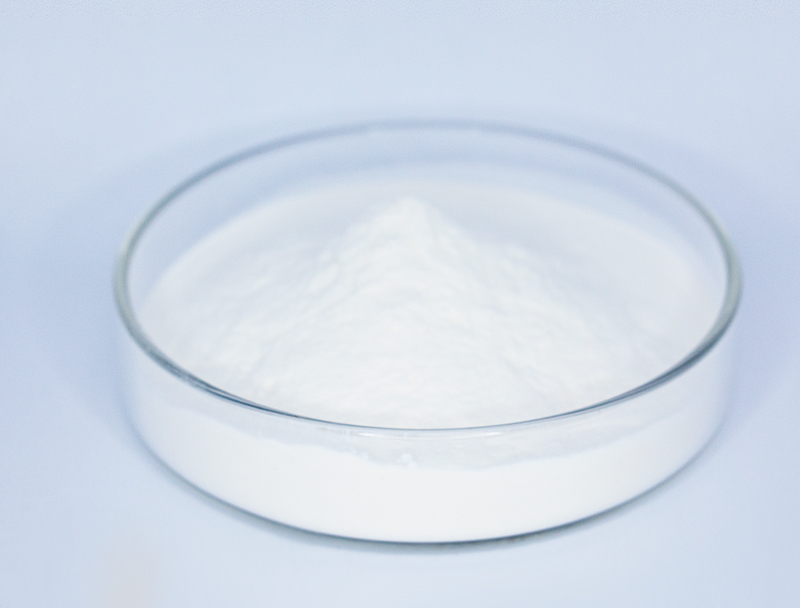
Plant-Derived Inputs for Next-Gen Bioplastics
Increasing interest in sustainable materials spurs innovation in renewable resource development. Using plant feedstocks to make bioplastics gives a promising direction for sustainable material development. Organic feedstocks like cornstarch, cellulose, and sugarcane can be converted to compostable polymers that shrink the environmental footprint of plastics.
Additionally, many plant-based bioplastics show performance characteristics similar to conventional plastics for numerous uses.. Sustained research efforts are necessary to optimize plant feedstocks for mass bioplastic production and enable circularity.
Biotechnology Driving Advances in Health and Agricultural Stability
Modern biotech tools present opportunities to improve global health and stabilize food production. With genetic tools, engineered biological systems, and regenerative cell approaches, experts craft interventions to manage diseases, enhance agriculture, and fortify nutrition.. As an example, crop genetic improvements for pest and stress resistance help boost production and cut dependence on chemical pesticides.. Concurrently, biotechnology drives development of immunotherapies, antibiotics, and diagnostics that play a key role in controlling diseases and improving health metrics. As research progresses, biotechnology holds immense promise for creating a healthier and more sustainable future for all.
